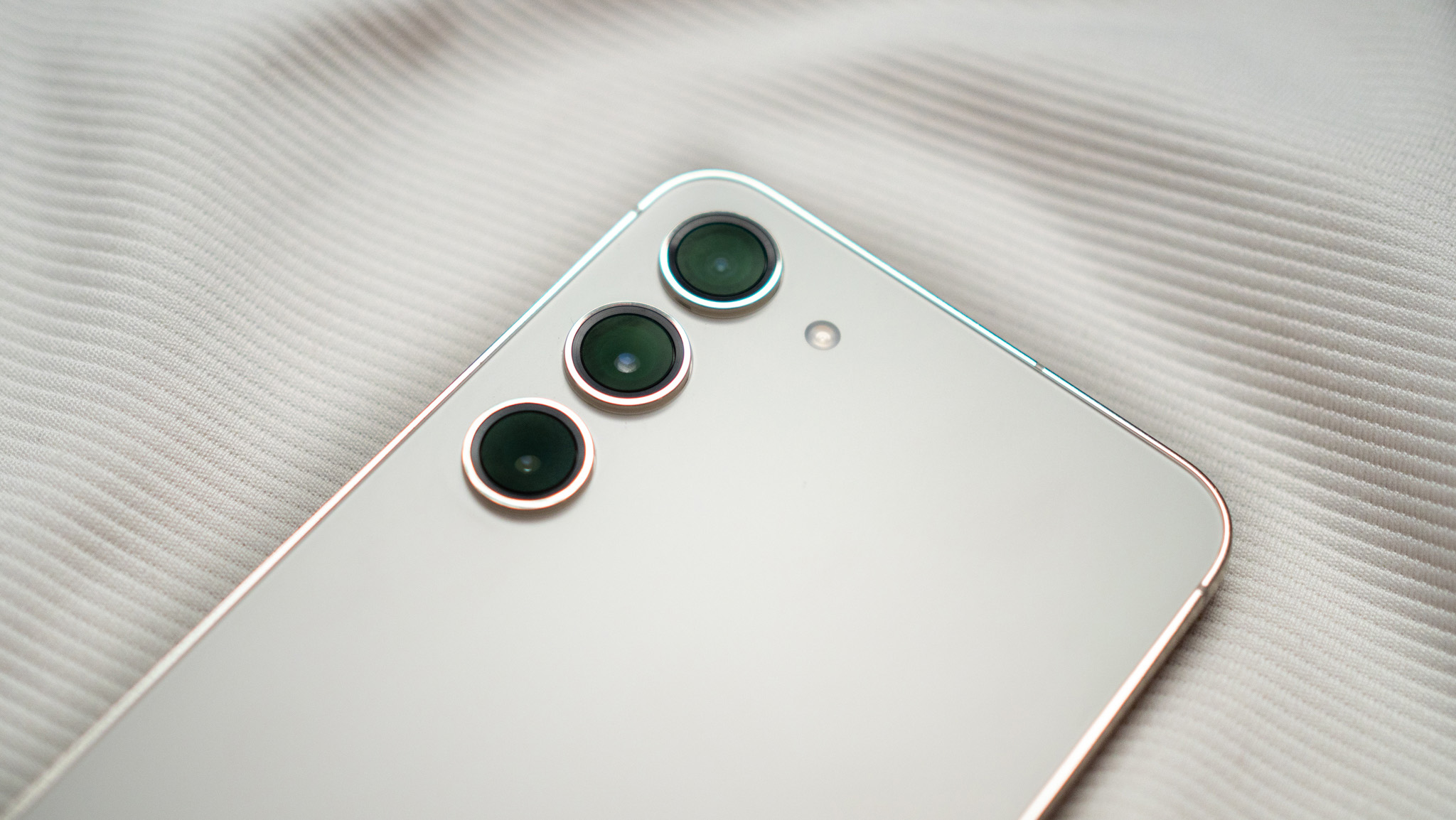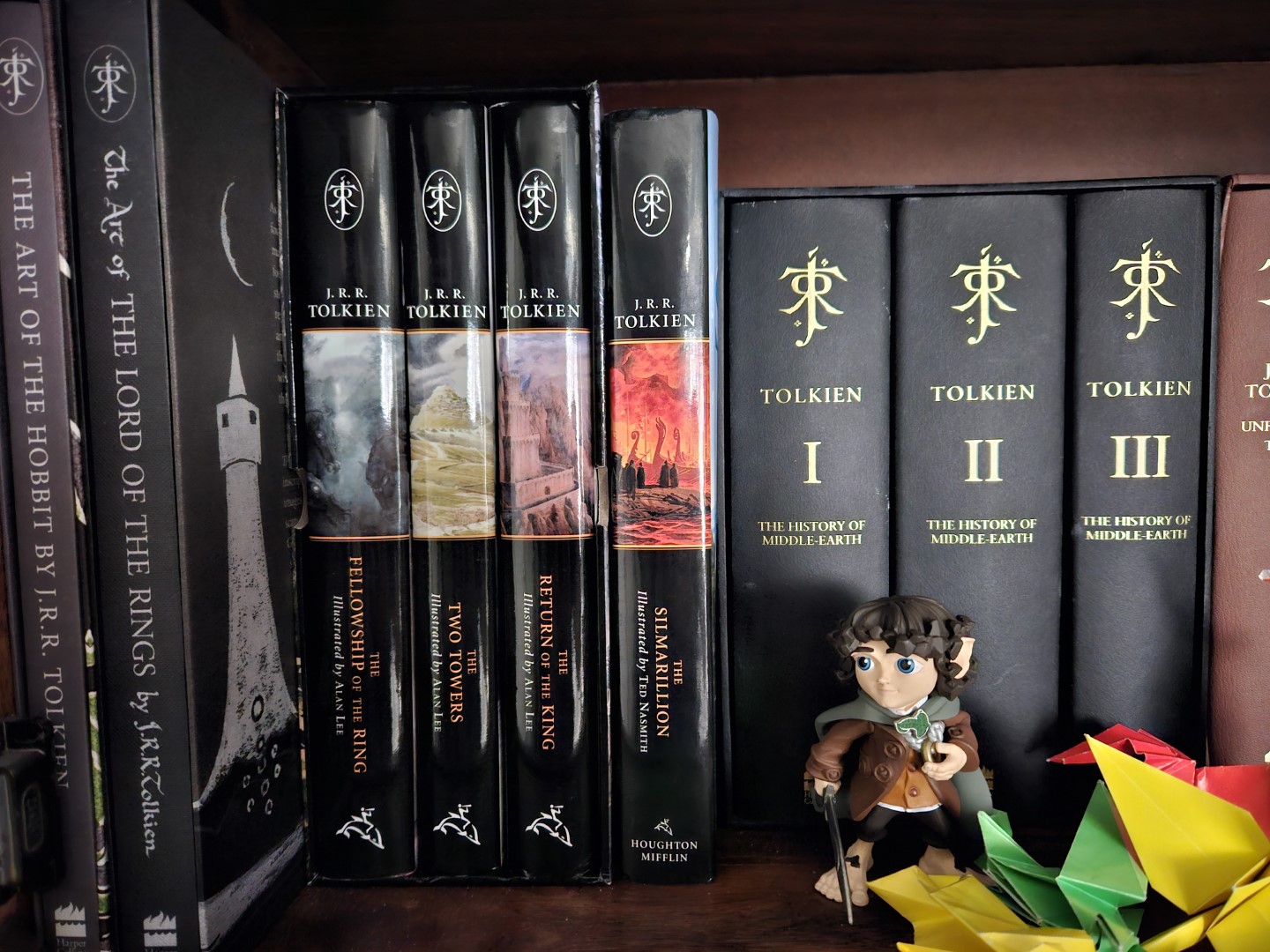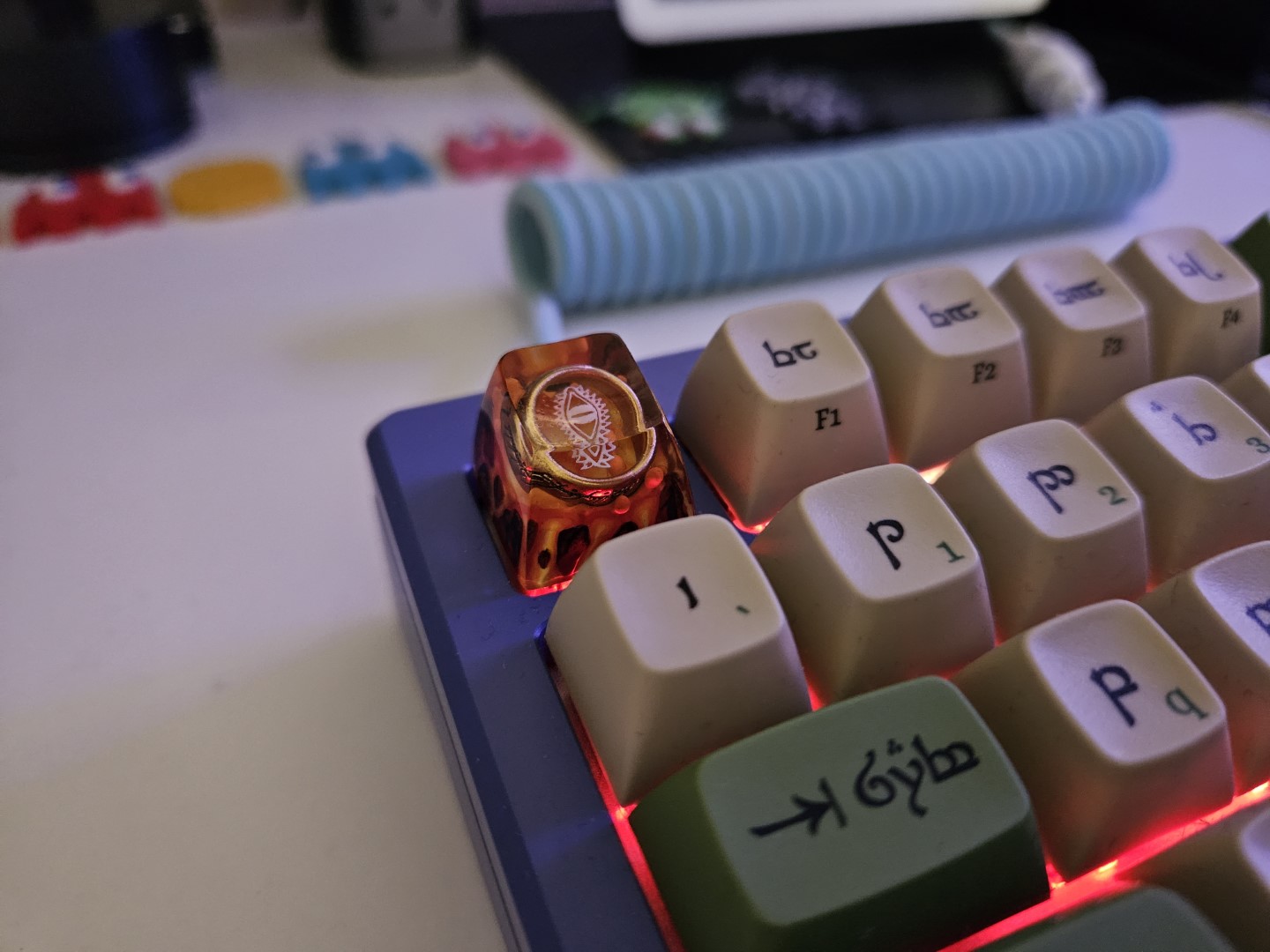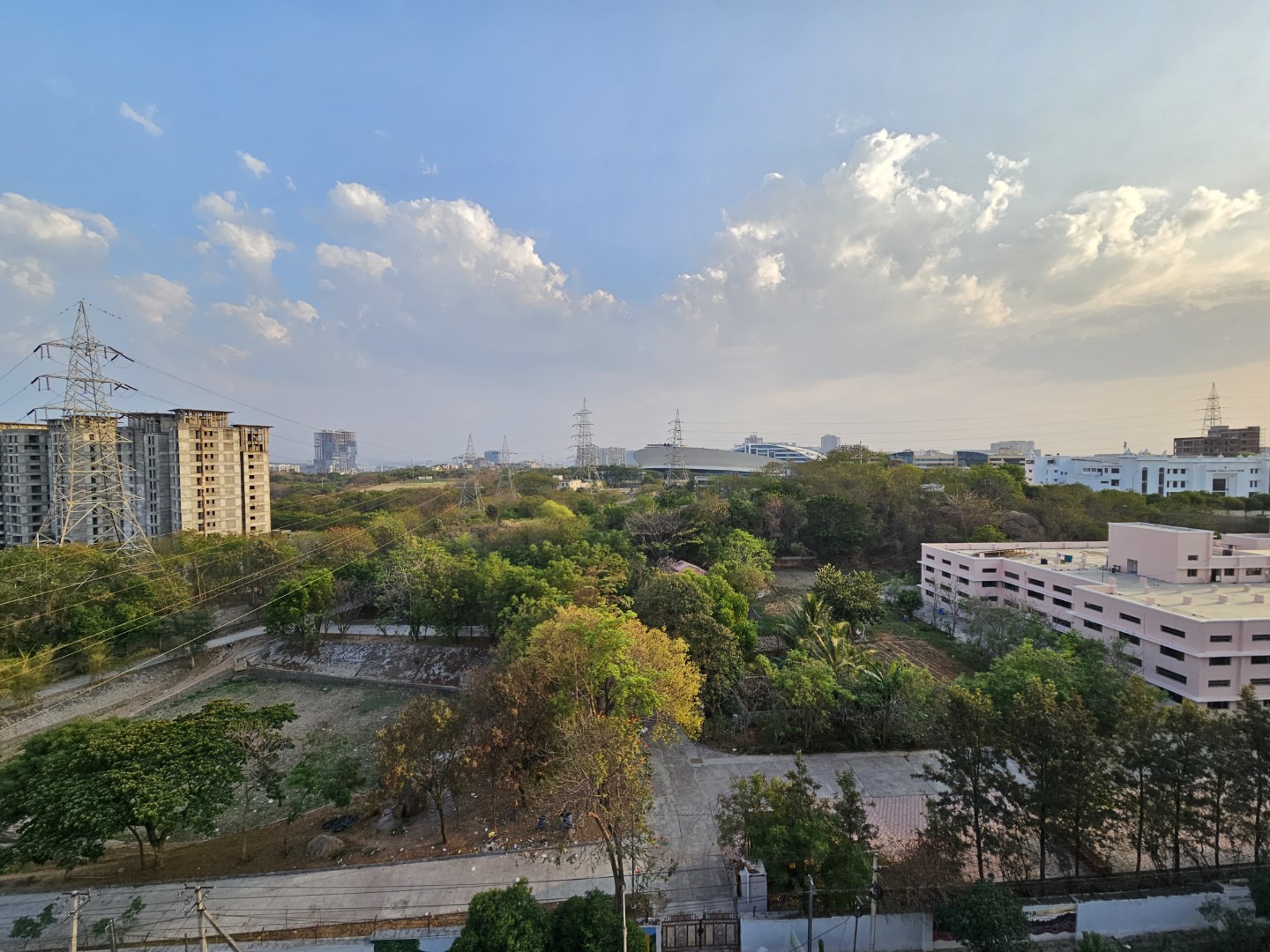
These days, it feels like Samsung can do no wrong. The Korean brand is in a dominant position in the foldable category, and the Galaxy S portfolio features some of the best Android phones you can get today. The Galaxy S23 Ultra in particular is a terrific phone that sets a high standard for flagships in 2023, and while the internal hardware obviously plays a big part, Samsung is doing all the right things with One UI 5.1.
As much as I like the S23 Ultra, it can be cumbersome to use at times on account of its size, and that's where the Galaxy S23+ comes in. Like previous years, the S23+ is the middle child in Samsung's portfolio, and it has the same design as the vanilla S23 while picking up a few features from the S23 Ultra — all in a manageable size.
It doesn't have the 200MP camera that adorns the back of the S23 Ultra, but if you're after a phone that's comfortable to hold and use while still offering a premium feel, the Galaxy S23+ may just be the ideal choice for you.
Samsung Galaxy S23+: Pricing and availability

Samsung unveiled the Galaxy S23+ alongside the standard Galaxy S23 and the Galaxy S23 Ultra on February 1, 2023. The phone is now available globally, and retails for $999 in the U.S. for the 256GB version and $1,119 for the 512GB model. As always, Samsung has very generous trade-in deals going up to $750, and the 512GB model is already down to $999 — the same as the 256GB edition.
The S23+ retails for £1,049 ($1,297) in the U.K. for the 256GB model and £1,149 ($1,421) for the 512GB version, and over in India you'll need to shell out ₹94,999 ($1,155) for the 256GB model and ₹104,999 ($1,276) for the 512GB edition.
Samsung Galaxy S23+: Design

If Samsung just shrunk the S23 Ultra and called it the S23+, it would have been one of the best-looking phones of the year. I really like what Samsung did with the Ultra; even though it's a massive phone, it feels much better to hold and use than the S22 Ultra, and a big part of that is down to the decreased curvature around the screen.
However, the S23+ doesn't have much in the way of resemblance with its Ultra sibling, with Samsung instead opting to go with flat sides that make the phone look bulky. The standard S23 also has a similar aesthetic with flat sides, and Samsung has been doing this for a few years now, with the Ultra variant getting the curved screen with the other two models featuring a flatter look.






Samsung isn't the only brand doing this either; Xiaomi went with a similar style with the Xiaomi 13 Pro and the standard model this year. And as for the S23+, while I don't prefer phones with flat sides, the design is polished, and the cream color variant I'm using looks premium. That said, the sides have a glossy finish that takes away from the upmarket look, and Samsung should have used a matte texture here. There are no such issues at the back, and the frosted glass panel looks great and is comfortable to hold and use.
On that note, Samsung nailed the dimensions of the S23+, and you get a large screen without sacrificing usability; as much as I like the S23 Ultra, it gets cumbersome with extended use, and that wasn't a problem on the S23+. And like all Samsung flagships in the last seven years, the Galaxy S23+ offers IP68 dust and water resistance as standard.

The back also has a minimalist design for the camera housing, with the three modules encased in rings. Samsung deserves credit for not going overboard here, unlike its Chinese rivals — the Xiaomi 13 Pro and Find X6 Pro have massive camera islands that dominate the attention. Elsewhere, you'll find the SIM card tray at the bottom, and it holds two SIM cards (one in North America) and you get the ability to use eSIM.
While I'm not a fan of phones with flat sides, it's inarguable that the Galaxy S23+ is a well-rounded package that holds its own against other flagships. Samsung continues to do a brilliant job with a cohesive design language across generations, and the S23+ feels familiar and modern at the same time.
Samsung Galaxy S23+: Screen

What I particularly like about the Galaxy S23+ is that it has a flat 6.6-inch panel, so if you're not a fan of curved screens, this is the best option in Samsung's portfolio. The AMOLED screen itself is among the best you'll find on a phone today, going up to an insane 1,750 nits for HDR content. There are zero issues with color vibrancy or contrast, and the S23+ holds up incredibly well for gaming and streaming TV shows and movies.
The screen does a great job dynamically adjusting the refresh rate from 10Hz all the way to 120Hz, and you won't notice any slowdown whatsoever in this area. There's good customizability when it comes to color management as well, and while the always-on mode isn't as feature-rich as ColorOS 13, you get a decent set of options.
The Galaxy S23+ also excels at gaming, and is able to play games at the full 120hz for titles that allow it. This has been a limitation on a few phones I used this year — like the OnePlus 11 — so it's good to see Samsung unlocking the full potential of the screen here. There's stereo sound as well, and while it isn't as detailed as the Xiaomi 13 Pro, it makes a difference in daily use.
The front and rear panes of glass are covered by a layer of Corning's latest Gorilla Glass Victus 2, and I have no doubt that it will prove to be just as resilient as last year. I don't use a case with any of my devices, and in the three weeks I used the S23+, the phone weathered the occasional tumble without any issues.
Samsung Galaxy S23+: Performance and battery

Samsung overhauled its strategy this year, doing away with dual-sourcing Qualcomm and Exynos and instead using the Snapdragon 8 Gen 2 as standard globally. This is a huge deal for the Korean manufacturer, and what's even more enticing is that it is using a slightly overclocked version of Qualcomm's latest chipset, dubbed Snapdragon 8 Gen 2 for Galaxy.
Right off the bat, what's evident with the Snapdragon 8 Gen 2 is that it delivers much better sustained performance than last year, and that means you get lag-free gaming even during extended sessions. In fact, the customized version of the chipset in the Galaxy S23+ is the fastest you'll find on an Android phone today, and it is the closest Qualcomm has come to challenging the might of the A16 Bionic.
There's a noticeable difference in fluidity versus last year, and there are no slowdowns whatsoever in daily use. Considering the S23+ uses Qualcomm hardware globally, it is the ideal upgrade path for those using Exynos variants of Samsung's phones.
Another change with this generation is that the base model comes with 256GB of storage, and it picks up the latest UFS 4.0 storage module. The S23+ is also sold in a 512GB configuration, with both models featuring 8GB of RAM — more than adequate for Android in its current state.
The ultrasonic module is larger than previous years, but it still isn't quite as fast as its optical counterparts. That said, it is better than last year, and other than an infinitesimal delay to authenticate, it is reliable in daily use. There isn't much missing on the hardware side of things, with the S23+ offering Wi-Fi 6e, Bluetooth 5.3 with LE, dual-band GPS, NFC, AptX HD codecs, and UWB.
As for battery life, the 4700mAh battery easily manages to last well over a day, and I didn't have any battery anxiety in the three weeks I used the Galaxy S23+. This has been the case with all phones powered by Qualcomm's latest silicon, and even with heavy use you'll be able to get to the end of the day with some charge left over.
And when you need to charge the device, there's 45W wired and 15W wireless charging. Samsung is still being conservative when it comes to charging tech, and that's understandable given the brand's history. Although the S23+ takes longer to charge than its Chinese rivals, it hits 60% in 30 minutes, and that should be more than adequate if you need to charge the device in the middle of the day.
Samsung Galaxy S23+: Cameras

Samsung isn't one to tweak a winning formula, and as a result the Galaxy S23+ uses a similar camera array as last year. You'll find a 50MP main camera with OIS that uses Samsung's S5KGN3 imaging module, and it is joined by a 10MP Samsung S5K3K1 telephoto lens that has OIS and goes up to 3x optical zoom and a 12MP wide-angle Sony IMX564. Up front, you'll find a new 12MP selfie camera with autofocus.
Given that nothing has changed on the hardware side of things, the S23+ shoots photos in the same 12MP resolution as last year, and the interface itself is identical. Samsung has one of the best Pro modes available on any device, and it gives you much more flexibility when it comes to editing shots taken on the phone. All three sensors work with Night mode by default, and can shoot 4K video at 60fps.







Although the camera hardware hasn't changed, you'll notice a distinct difference in the photos taken by the Galaxy S23+. The resultant images still have Samsung's signature contrast look, but it is toned down versus previous generations, and you get photos that are much more accurate. This is particularly true of shots taken outdoors, with the sky rendered accurately — last year's devices tended to boost saturation levels to the point where it felt like there was a filter in use.
As you'd imagine, the S23+ has no problems whatsoever in daylight scenarios, delivering photos with plenty of dynamic range and detail. There's no visible noise, and foliage doesn't look too soft — another uptick over previous models. The telephoto lens also does a brilliant job in daylight situations, producing photos of the same caliber at up to 3x. It can go up to 30x, and while you miss out on the insane 100x factor that the S23 Ultra can handle, the digital 30x mode delivers usable shots.
In a similar vein, the wide-angle lens does a terrific job retaining color balance and accuracy, and I don't really have any negatives in this area. All three cameras fare really well in low-light situations as well, with Night mode kicking in automatically once ambient lighting going under a threshold. Overall, the S23+ has fantastic cameras across the board, and while Samsung didn't change the hardware, it made the necessary tweaks to its imaging algorithms to bring the device up to par with the Pixel 7 Pro and the Xiaomi 13 Pro.
Samsung Galaxy S23+: Software

I'm going to keep this section relatively short as there isn't much to add that my colleague Nick hasn't already covered in his Galaxy S23 Ultra review. Samsung deserves a lot of credit for modernizing its UI, and One UI 5.1 feels modern and fluid while still retaining a lot of the legacy features.
Samsung integrated all the new features Google introduced with Android 13, and while you don't get the same Material You aesthetic, most of its salient parts are intact — including the dynamic color picker. While there isn't much new in Android 13 itself, I like that notifications are opt-in by default; apps can no longer send notifications after they're installed, and you'll see a dialog box seeking notification access upon first launch. This builds on the work Google is doing with notification management with the likes of notification channels, and it's good to see that feature available in One UI 5.1.

Elsewhere, you'll find a taskbar listing any app that's running in the background, but it has been pushed to the overview menu instead of the notification shade. There is still a lot of customizability, and the biggest difference in my use case is the general fluidity. I noticed this on the S23 Ultra as well, and Samsung did a good job optimizing the interface to be smoother during general navigation.
Another area where Samsung is doing all the right things is software updates. The Galaxy S23+ will get four guaranteed Android version updates and five years of security updates, and the brand has consistently shown that it is able to deliver platform updates on time. The S22 Ultra picked up the stable Android 13 update in under two months of Google introducing the version, and Samsung continues to be the only brand other than Google to deliver monthly security patches to its phones.
Samsung Galaxy S23+: The competition

The Galaxy S22+ is still a fantastic device in 2023, and considering just how little has changed with the S23+, it is the ideal alternative. You get the same vibrant AMOLED panel, similar design, same caliber of cameras, identical software, and similar connectivity. The S23+ lasts a little longer and is better-suited for extended gaming, but the S22+ is no slouch in this regard, and it manages to last all day without breaking a sweat. So if you want a better value, get the S22+.
The Pixel 7 Pro continues to be dominant, delivering outstanding cameras in an elegant design. The phone won't get as many updates as the S23+, but it is first in line to get new Android releases, and I like the Material You aesthetic. It doesn't miss out in any key areas, and as it has been in the market for a few months now, you can pick it up for a few hundred dollars less than the S23+.
Another device to consider is the Xiaomi 13 Pro. Xiaomi nailed the basics this year, and the 13 Pro looks and feels fabulous. It holds its own against the best Android phones when it comes to the cameras, and while MIUI 14 hasn't changed too much, it is fluid. The only issue with the Xiaomi 13 Pro is that it will not get the same number of updates as the S23+, and Xiaomi has been lackadaisical in rolling out timely platform and security updates.
Samsung Galaxy S23+: Should you buy it?

You should buy this if:
- You want a flagship that's easy to hold and use
- You're looking for a vibrant screen with plenty of customization
- You need a powerful phone that's terrific for gaming
- You want reliable cameras that shoot great photos and videos
- You're looking for all the extras
You shouldn't buy this if:
- You want Samsung's latest camera tech
- You need a phone with a MicroSD slot
Ultimately, the Galaxy S23+ doesn't differ too much from its predecessor, with Samsung tweaking things in a few areas instead of making wholesale changes. While this strategy clearly works for Samsung, I would have liked to see the S23 Ultra's 200MP camera on the S23+, as it would have made the phone that much more alluring.
Not everyone would want a massive phone, and having used the iPhone 14 Pro for an extended duration this year, I can't help but feel that Samsung needs to go a similar route and offer a device with the same camera hardware as the S23 Ultra in a smaller chassis. That isn't the case this time, but even then, the S23+ strikes the ideal balance in Samsung's flagship portfolio, and is a viable option if you want a phone that's a little easier to use.
Of course, if you're in the U.K. or any other European country, you'll want to considering switching thanks to the Qualcomm hardware. Samsung traditionally offered the Exynos version of its phones in the region over the last seven years, and having used those Exynos-powered phones, I can say with some confidence that the Qualcomm version is significantly better. So if you've held out on buying a new phone, now is the ideal time to switch.
The Galaxy S23+ doesn't introduce groundbreaking new features, but it has a polished design and doesn't miss out on much. If you're after a high-end phone that's comfortable to hold and use, this is the ideal choice.







